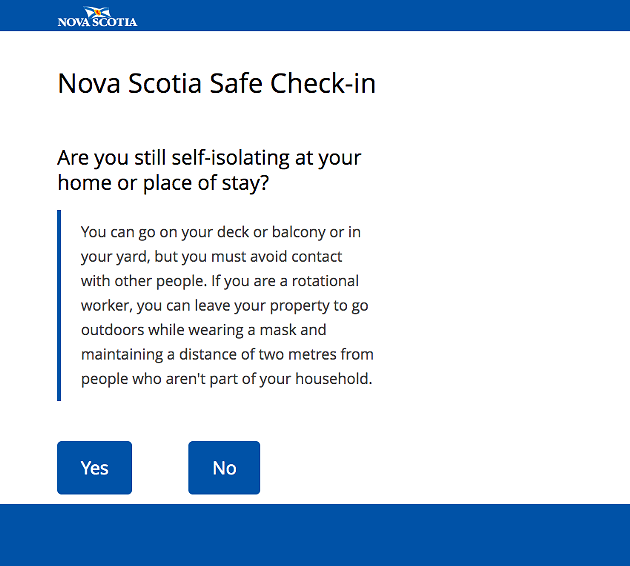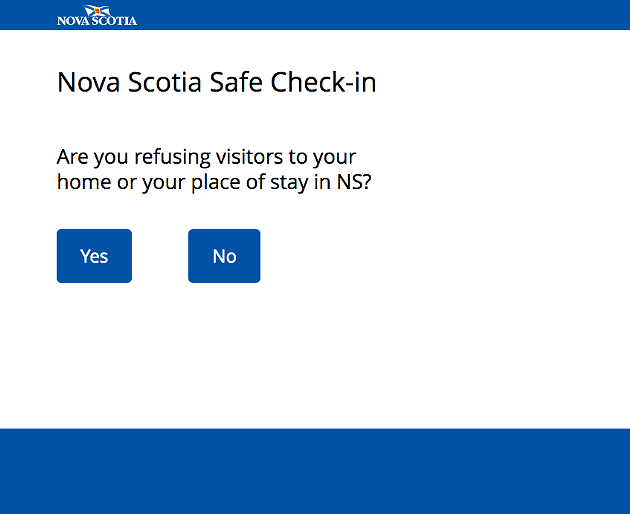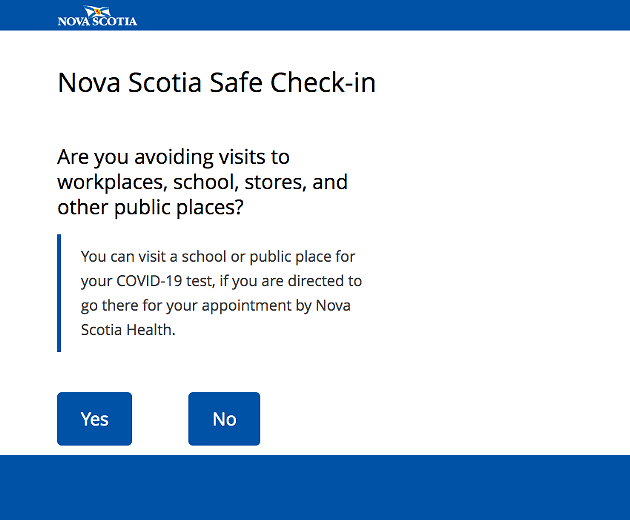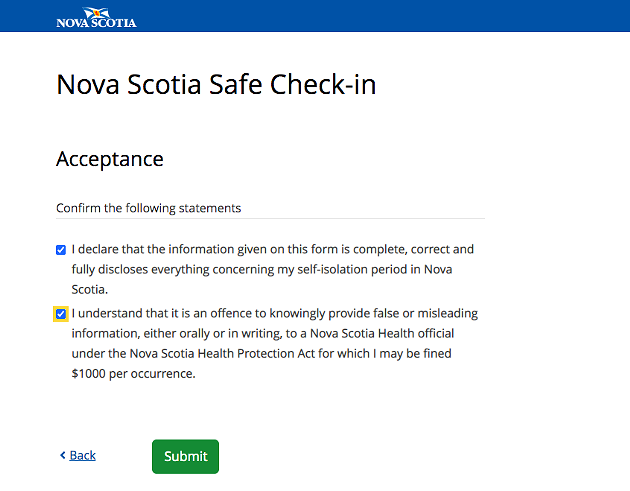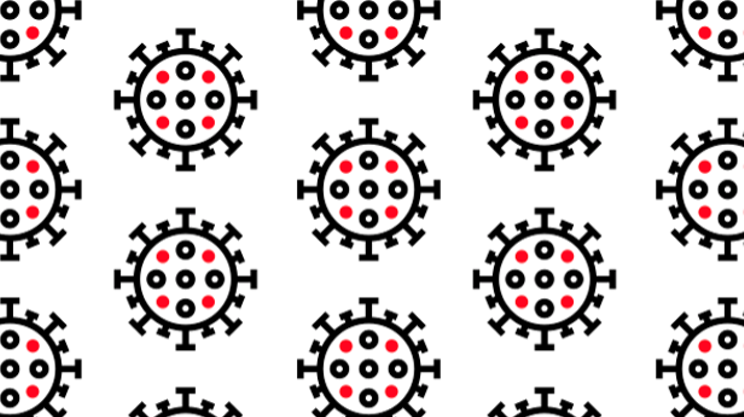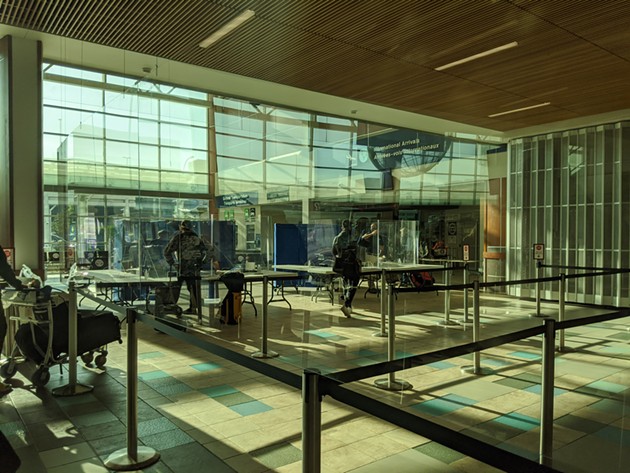
Here are 14 steps on what to expect before, during and after your 14 days of quarantine:
The form filters students headed to universities, the general population and rotational workers—someone with a set schedule who alternates between living in Nova Scotia and working outside the province, such as an Alberta oil worker—into three categories. Each category has different instructions for life in quarantine.
3 The official will check your ID (expired NS driver’s licenses work fine, and airlines outside the bubble are instructed to accept them), hand you a piece of paper with information about what you can and can't do now that you're back in the bubble, and send you on your way.
4 Travellers from outside the bubble can't take the bus from the airport, so are stuck paying for a $60 taxi to get to the city. Technically, you're not supposed to be in a taxi if you've come from outside the bubble, but when there's no other way to get from the airport to your place of isolation, this is what you've got. You can also plan ahead to save a bit of money booking a shuttle or charter, like Driver Dave's for $35.
5 Then you're hopefully home, all alone—or somewhere where you have your own room and your own bathroom—and the next day you'll get the first of your 14 daily emails from the NS government asking you if you're doing your part to keep us all healthy and safe.
6 The email comes to your inbox, and has your case number in the body text, but following the link from your inbox into a new browser window doesn't auto-populate the form, so you'll have to copy and paste the case number over and type in your email address each day.
7 Question 1 asks about symptoms—which has changed since the summer's long list of symptoms worthy of a test. Now, you need to either have a fever or two of these symptoms: sore throat, runny nose/nasal congestion, headache, shortness of breath.
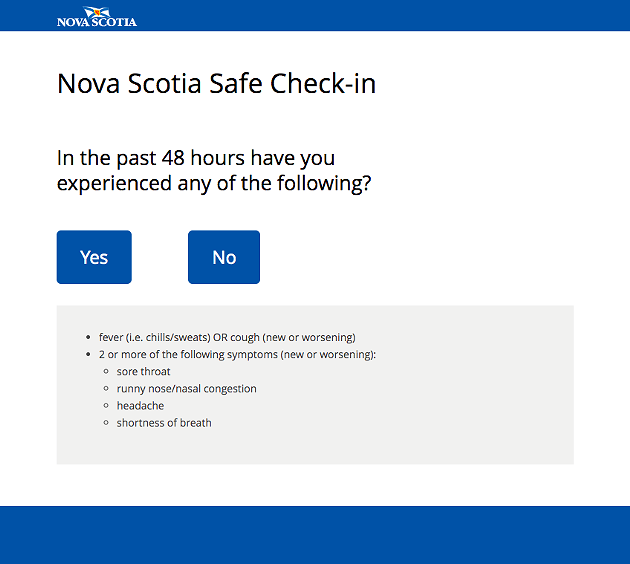
9 Then comes a question of whether you're self-isolating. As the question suggests, travellers aren't allowed to leave their property (not even for a walk around the block) unless you're a rotational worker. University students were allowed to leave their dorms for a walk outside, but that doesn't apply to everyone. For the hundreds of renters in Halifax with no deck, balcony or yard, we can only recommend shoving your head outside the window for at least an hour a day to get that crucial vitamin D. That is, of course, if your windows even open all the way.
10 Then there's the reminder that self-isolating means you can't have any visitors! Unfortunately, you're the most likely person in Nova Scotia to have COVID-19 if you've returned from outside the bubble, and that means no friends or sleepovers. Phone sex is OK though.
11 Then, another reminder not to leave your house unless 811 told you to leave it in order to get a COVID-19 test at your nearest testing facility. If you don't have a car to get to your test, tell 811, and they'll arrange a taxi service to take you.
12 Next you promise you understand everything you read, you promise you're not lying, then agree to a $1,000 fine if you break the rules.
13 Then you get a confirmation message, a reminder of what day in your 14 days you're on. The daily email comes at 8am, and a second one is sent in the afternoon if you forget to fill out the first one. Not filling out the form could lead to a phone call, and not answering the phone could lead to a visit from the police.
14 At the end of your 14 days you can breathe easy, absolving yourself of any personal responsibility for the next COVID-19 outbreak in Nova Scotia, and go back to normal life in Nova Scotia—high rent, low wages, expensive groceries and the incredibly fortunate opportunity to live in one of the safest parts of the entire American continent when it comes to COVID-19 (for now).

